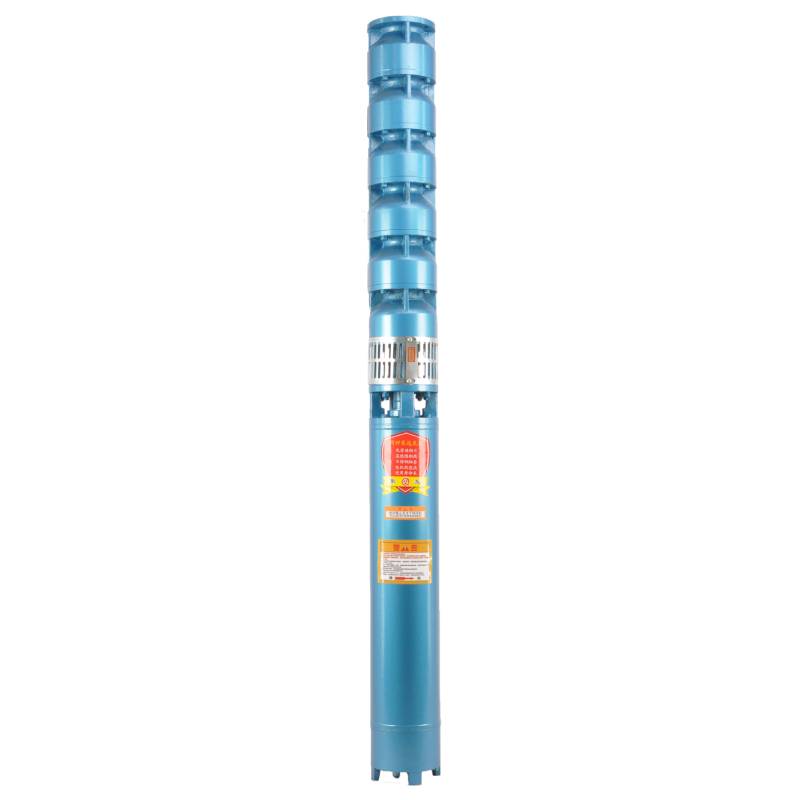Jul . 26, 2024 15:39 Back to list
Choosing the Right Submersible Pump for Efficient Hydroponic Gardening Systems and Techniques
Submersible Pumps for Hydroponics An Essential Component for Optimal Growth
Hydroponics, the innovative method of growing plants without soil, has gained immense popularity among gardeners and farmers alike. This technique allows for precise control over nutrient delivery, water usage, and environmental conditions, leading to accelerated growth and increased yields. At the heart of a successful hydroponic system is the submersible pump, a crucial component that facilitates water circulation, oxygenation, and nutrient distribution within the system.
Understanding Submersible Pumps
Submersible pumps are designed to operate underwater, submerging fully in the nutrient solution used in hydroponics. Unlike traditional pumps, which are often positioned above water, submersible pumps can push water from depths safely and efficiently. Their design enables them to be quieter and generally more energy-efficient, making them an ideal choice for hydroponic systems where noise reduction is a priority.
Key Functions in Hydroponics
1. Water Circulation Maintaining constant water circulation is vital for preventing stagnation and ensuring that plants receive a consistent supply of nutrients. Submersible pumps help move water throughout the hydroponic system, keeping the nutrient solution well-mixed and evenly distributed to all plants.
2. Oxygenation Effective oxygen supply is essential for plant health. Submersible pumps contribute to oxygenation by increasing water movement, which allows for better gas exchange. When water circulates, it brings fresh oxygen into the root zone, promoting vigorous root growth and overall plant vitality.
3. Temperature Regulation Water temperature can greatly impact plant health and nutrient uptake. Submersible pumps can help in regulating the water temperature within a hydroponic system by continuously moving water, preventing hot spots, and aiding in heat dissipation. This is particularly important in systems using grow lights that emit a significant amount of heat.
4. Ease of Maintenance Submersible pumps are generally easier to maintain than their surface counterparts. They can be accessed directly within the nutrient solution, allowing for routine checks and cleaning without major disruption to the hydroponic setup.
submersible pump for hydroponics

Choosing the Right Pump
When selecting a submersible pump for a hydroponic system, there are several key factors to consider
- Flow Rate The pump should be capable of delivering an appropriate flow rate based on the size of your hydroponic system. As a rule of thumb, a pump should circulate the entire volume of your nutrient solution at least once every hour.
- Wattage and Energy Efficiency Look for pumps that are energy-efficient, as they will save on electricity costs in the long run. Consider the wattage and compare it with the performance to choose the most economical option.
- Durability Choose pumps made of high-quality materials that can withstand prolonged exposure to water and nutrients. Corrosion-resistant materials will extend the pump's lifespan.
- Noise Level If the hydroponic system is set up indoors, noise could be a concern. Opt for submersible pumps known for their quiet operation.
Conclusion
In conclusion, a reliable submersible pump is an indispensable element for any hydroponic system. It not only supports the basic functions of water circulation and oxygenation but also enhances the overall health of plants, leading to robust growth and abundant harvests. By investing time in selecting the right pump, hydroponic growers can ensure that their systems operate efficiently and effectively, paving the way for thriving, soil-less gardens. Whether you're a seasoned hydroponic enthusiast or just starting out, understanding the importance of submersible pumps will undoubtedly contribute to your success in this exciting field.
-
Submersible Water Pump: The Efficient 'Power Pioneer' of the Underwater World
NewsJul.01,2025
-
Submersible Pond Pump: The Hidden Guardian of Water Landscape Ecology
NewsJul.01,2025
-
Stainless Well Pump: A Reliable and Durable Pumping Main Force
NewsJul.01,2025
-
Stainless Steel Submersible Pump: An Efficient and Versatile Tool for Underwater Operations
NewsJul.01,2025
-
Deep Well Submersible Pump: An Efficient 'Sucker' of Groundwater Sources
NewsJul.01,2025
-
Deep Water Well Pump: An Efficient 'Sucker' of Groundwater Sources
NewsJul.01,2025
-
 Submersible Water Pump: The Efficient 'Power Pioneer' of the Underwater WorldIn the field of hydraulic equipment, the Submersible Water Pump has become the core equipment for underwater operations and water resource transportation due to its unique design and excellent performance.Detail
Submersible Water Pump: The Efficient 'Power Pioneer' of the Underwater WorldIn the field of hydraulic equipment, the Submersible Water Pump has become the core equipment for underwater operations and water resource transportation due to its unique design and excellent performance.Detail -
 Submersible Pond Pump: The Hidden Guardian of Water Landscape EcologyIn courtyard landscapes, ecological ponds, and even small-scale water conservancy projects, there is a silent yet indispensable equipment - the Submersible Pond Pump.Detail
Submersible Pond Pump: The Hidden Guardian of Water Landscape EcologyIn courtyard landscapes, ecological ponds, and even small-scale water conservancy projects, there is a silent yet indispensable equipment - the Submersible Pond Pump.Detail -
 Stainless Well Pump: A Reliable and Durable Pumping Main ForceIn the field of water resource transportation, Stainless Well Pump has become the core equipment for various pumping scenarios with its excellent performance and reliable quality.Detail
Stainless Well Pump: A Reliable and Durable Pumping Main ForceIn the field of water resource transportation, Stainless Well Pump has become the core equipment for various pumping scenarios with its excellent performance and reliable quality.Detail
